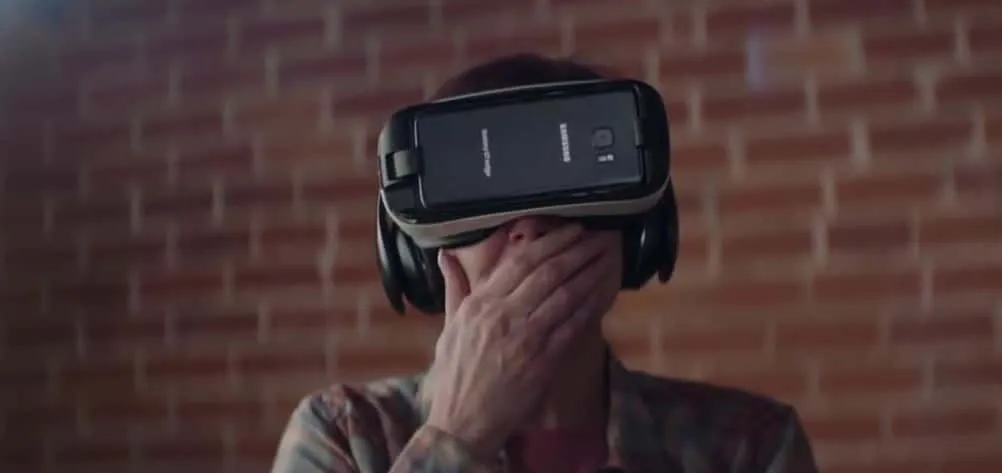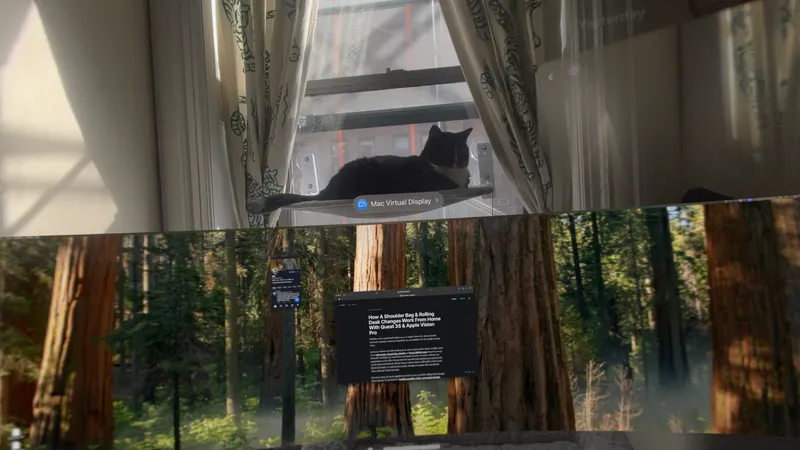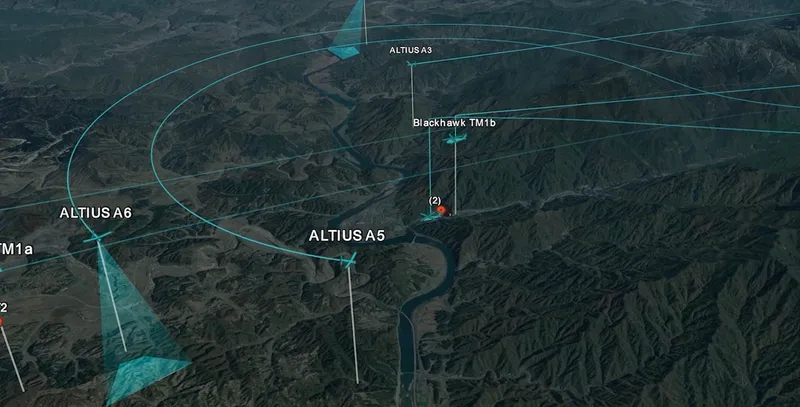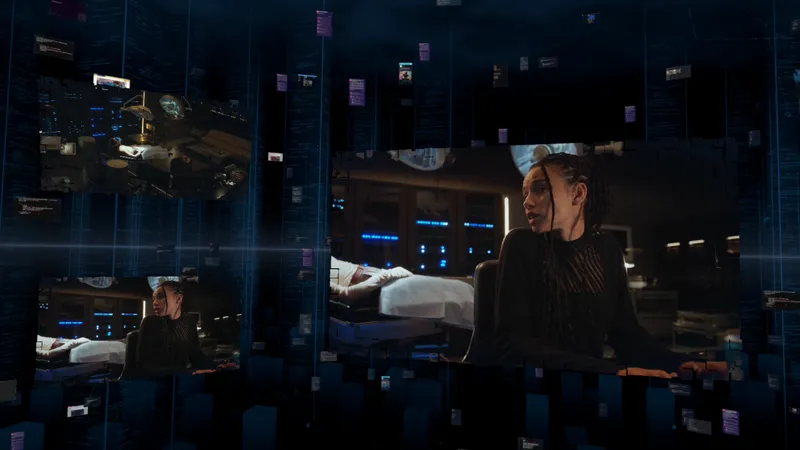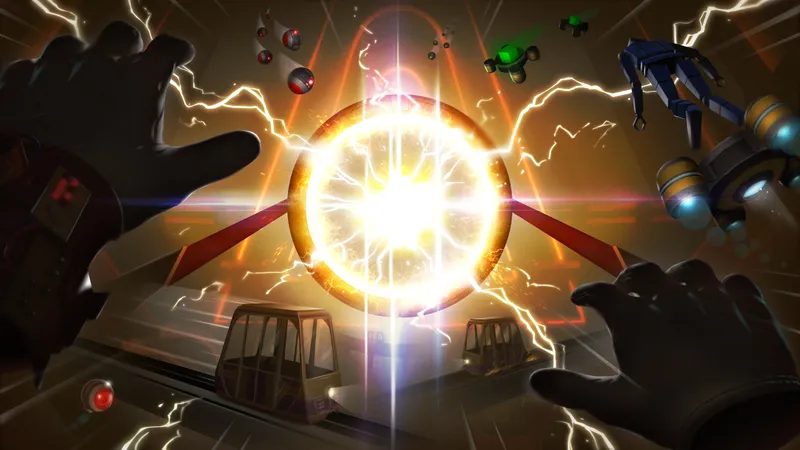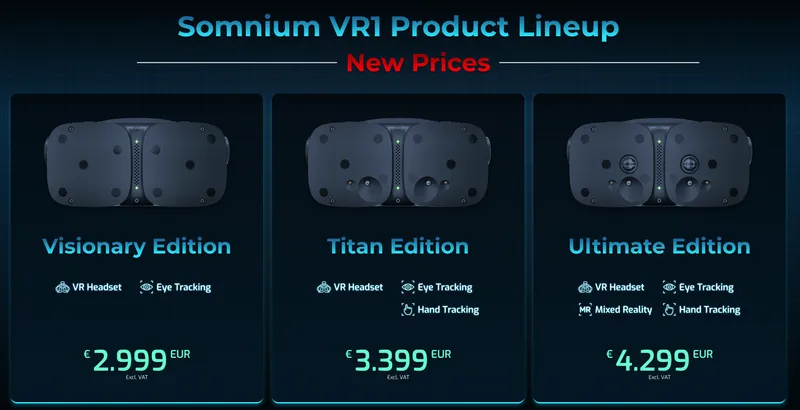We’re about a year-and-a-half into the current crop of consumer VR units. And while we’ve seen a lot of great content and experiences over those 18 months, we’ve barely scratched the surface of what virtual reality has to offer.
VR can take you to places and put you in situations that you may never be able to experience in real life. Want to climb Mount Everest? There’s an app for that. Want to go SCUBA diving but can’t even swim? You can do it. Fancy a trip to outer space to float around in a space station? Check. But all of these are mere experiential travel that stress place over people. The real power of virtual reality comes when it’s used to expose the human condition, no matter what that condition may be.
As Within founder and CEO Chris Milk said in his 2015 TED Talk, virtual reality has the ability to become the “ultimate empathy machine” because “it connects humans to other humans in a profound way.” But it’s not just because of the technology alone – it all hinges on how creators and producers use the technology.
A recent example of the divide between technology and content happened a few weeks ago when Facebook CEO Mark Zuckerburg and Head of Social VR Rachel Rubin Franklin embarked on a virtual tour of hurricane-ravaged Puerto Rico using Facebook Spaces. The juxtaposition of high-spirited cartoon likenesses joking around, talking about how cool Spaces was and swapping high fives against the backdrop of real-life human devastation created a scene so cringe-worthy even Stephen Colbert couldn’t resist making fun of it.
“It’s crazy to feel like you’re in the middle of it,” Zuckerburg exclaimed during the stream, but he wasn’t in the middle of anything – he was just a virtual overlay of the real world, and nothing he was doing or describing actually helped viewers understand the human impact of hurricane Maria.
There’s great power in VR as a transportive device, but there’s also great responsibility that creators and producers hold when presenting this type of content in virtual reality. VR can be an amazing empathy engine, but it can also deaden us to the real world if we just use it simply as a scene generator where you observe passively, but there’s no interaction with the environment or people around you. In that type of scenario you’re detached — both physically and mentally — from what’s happening in a particular location or situation.
Creators have to be careful they’re not using disaster, tragedy and adversity as simply a green screen with no context, no reference and no calls to action. The real world isn’t a cartoon, it’s not a video game and there are actual human implications to consider. It requires embodiment and interaction, not just background scenery.
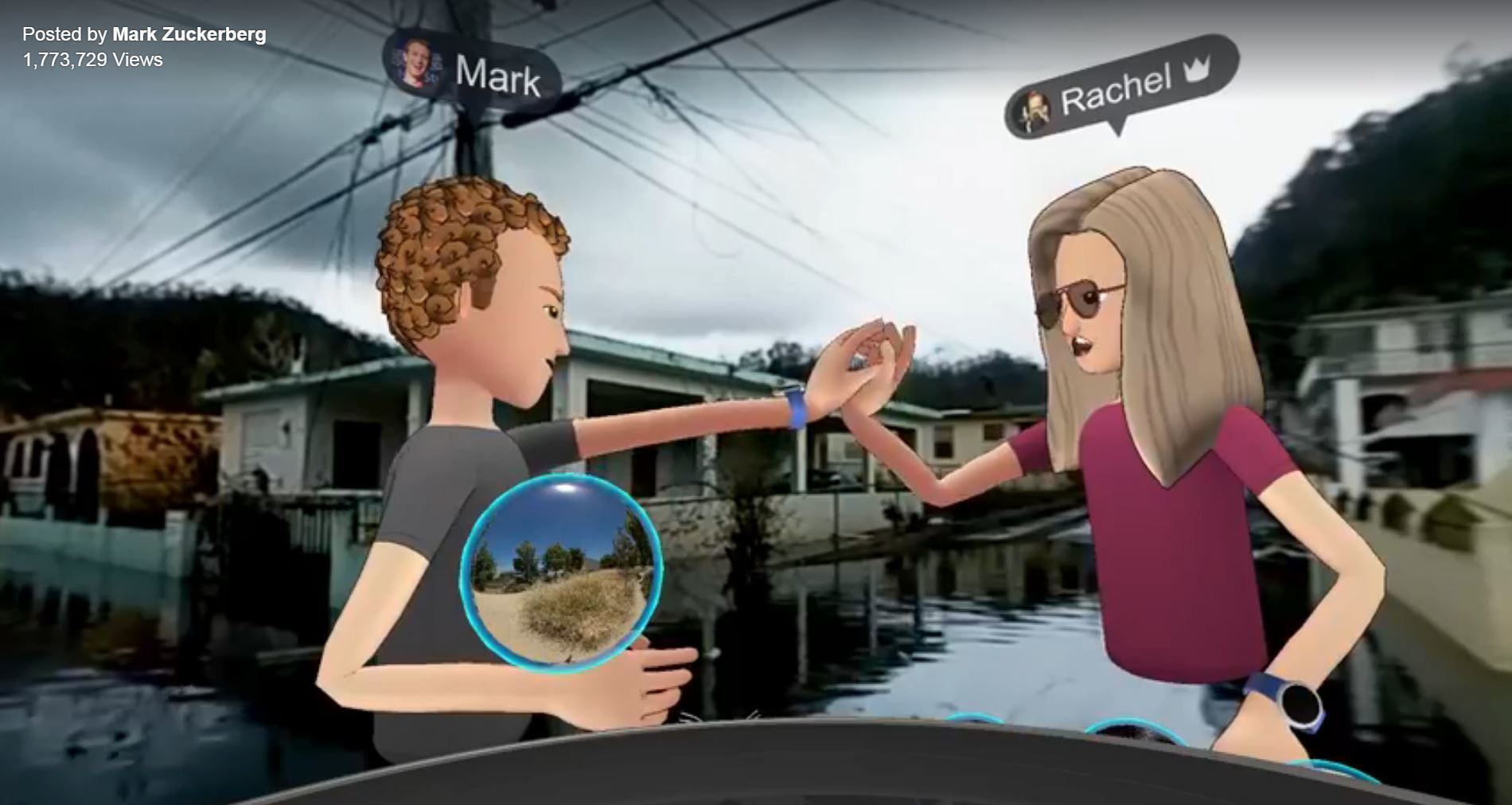
As Harper Lee wrote in To Kill a Mockingbird, “You never really understand a person until you consider things from his point of view, until you climb inside of his skin and walk around in it.” That’s where I feel VR has the power to transform human perception.
I disagree with Paul Bloom’s assertion in The Atlantic earlier this year that it’s “ridiculous” that virtual reality can be used as a means to empathize with other human beings. I concede that virtual reality can’t 100% reproduce the anxiety, stress or fear of a particular situation nor can it actually replicate living in the body of someone else 24-hours a day, but I believe it is a powerful tool to help us all think about the plights and struggles of other humans better than any other medium – even autobiographical written accounts – because you are experiencing these scenarios first-hand instead of interpreting them from another source. No matter how good a writer someone might be, they’re never going to be able to stir emotion or provoke thought more than someone who is self-experiencing something.
As disgusting and appalling as it was listening to the audio of Harvey Weinstein trying to convince and cajole Ambra Battilana Gutierrez to come to his hotel room, imagine how much more poignant it would be from Gutierrez’s perspective. As #MeToo has exposed, most if not all women have experienced sexual harassment or unwanted advances of some sort during their lives, and virtual reality can be a powerful tool to show men that situation from the female perspective and help them understand how uncomfortable, distressing and invasive it is, and how helpless it makes someone feel. (On a related note, I highly suggest you check out Testimony, a virtual reality documentary about survivors of sexual assault.)
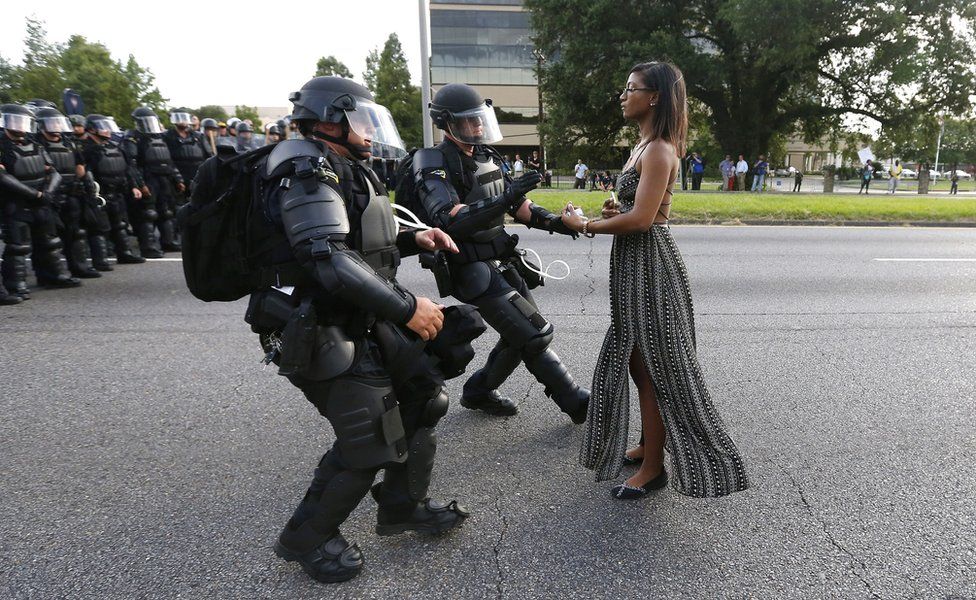
And while pictures of refugees struggling to escape their war-torn homelands or photos taken on the front lines of the Black Lives Matter protests are powerful, those same experiences have the ability to become that much more meaningful and life-changing to individuals who are not intimately involved with those situations when presented from a first-person perspective. At the very least it will get people thinking; and maybe, just maybe, the new perspective can change some minds in the process.
Virtual reality is one of the most powerful emotion-evoking technologies we’ve ever seen, so creators and producers have to be cognizant of that power. This responsibility is going to become even more important as VR becomes more prevalent, more realistic and more pervasive. I have no doubt there will be AR apps that will become literal rose-colored glasses to erase homeless people from view on the streets and make dilapidated dwellings appear to be sparkling, grand mansions, but we can’t let technology disconnect us from real societal issues; that’s not a cure, it’s a curtain. Technology can be fantastic and magical, but it can also be horrifying, and it’s the responsibility of creators to understand the implications of their designs.

